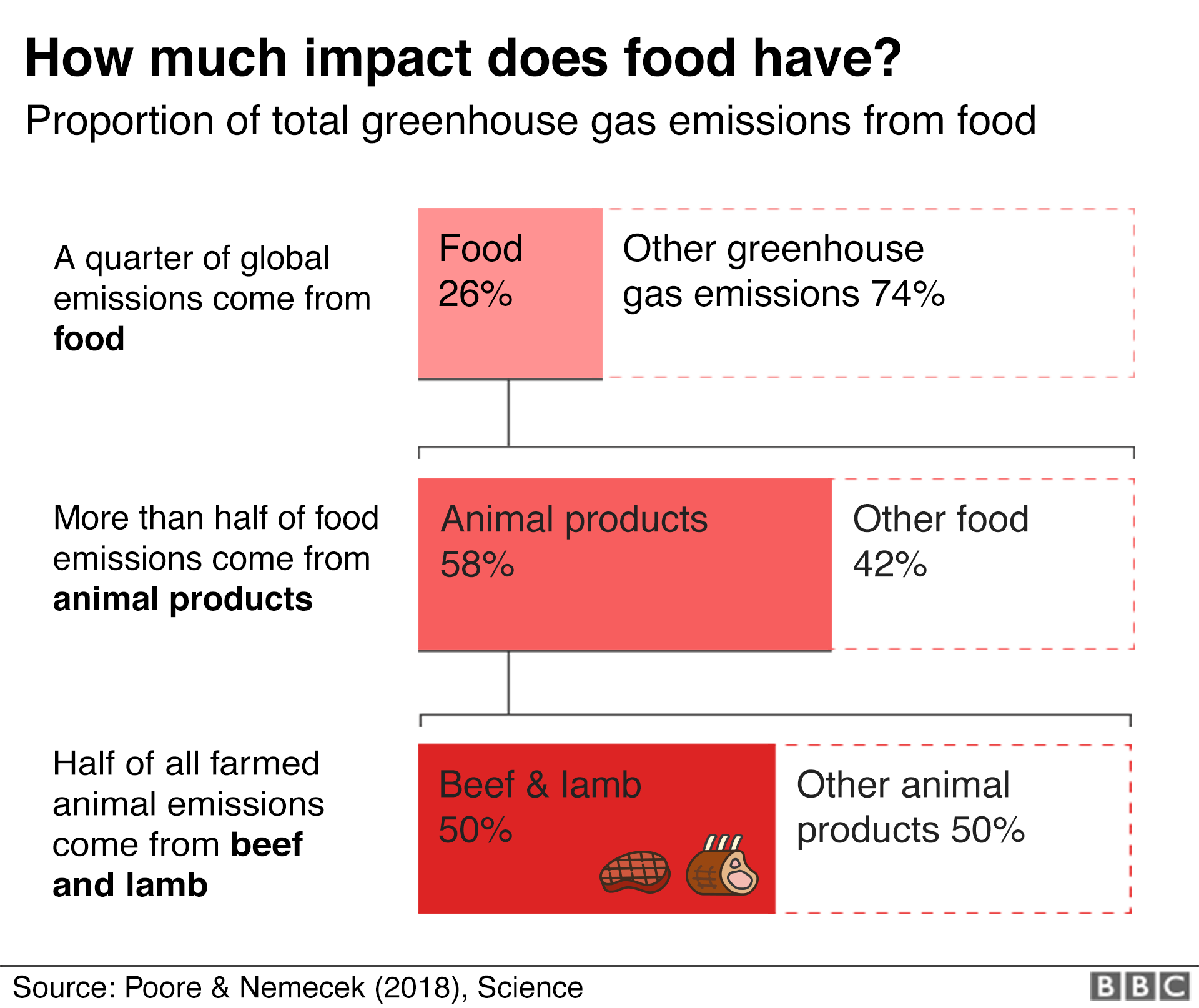


Note that the calculator uses national average emissions factors for electricity, which may not be accurate for your region. Calculate the carbon footprint of your travel, explore alternatives to minimize your environmental impact, and take concrete actions. For electricity consumption, the calculator uses an average emissions factor that includes both baseload and non-baseload generation. * The Equivalencies Calculator uses different emissions factors for electricity depending on whether it is avoided or consumed at typical scales, energy efficiency and renewable energy programs and projects do not affect baseload power generation, so the calculator uses a non-baseload emissions factor. For more accurate estimates, please use regional emissions factors available in AVERT or eGRID. Note that the calculator uses national average emissions factors for electricity, which may not be accurate for your region. Kilowatt-hours used Choose kilowatt-hours used when entering data on electricity use, such as your household’s or company’s annual electricity consumption. Note that the calculator uses national average emissions factors for electricity, which may not be accurate for your region. The company unveiled its carbon footprint calculator in 2004 so one could assess how their normal daily life going to work, buying food, and (gasp) traveling is largely responsible. Kilowatt-hours avoided Choose kilowatt-hours avoided when entering data on electricity use avoided through energy efficiency or fossil fuel electricity generation avoided through renewable energy. To see the methodology used to determine annual greenhouse gas emissions per passenger vehicle, visit the Calculations & References page for equations and sources used. For the calculator’s purposes, passenger vehicles are defined as 2-axle 4-tire vehicles, including passenger cars, vans, pickup trucks, and sport/utility vehicles.

While as individuals we’re not responsible for these export emissions, we do benefit from the higher standard of living that comes with them, as exports impact our GDP.Gasoline-powered passenger vehicles While passenger vehicles are not a unit of energy consumption, they do consume energy. Most of the difference is accounted for by export goods that are consumed offshore (predominantly meat and dairy). That’s about 16t per capita – nearly double the number we get when we look at household consumption emissions alone. In 2020 our gross emissions were 78.8 million tonnes CO 2-e. When overall emissions are taken into account, New Zealand has the 4th highest emissions per capita in the OECD 1. Gross emissions (also called ‘production emissions’) are the emissions released into the atmosphere from New Zealand territory, and can be viewed as the carbon footprint of our economy. But if we take New Zealand’s overall (‘gross’) emissions into account we see a bigger picture. How it fits in to overall emissionsĪ carbon footprint is based on ‘consumption’ emissions, or the emissions caused by New Zealanders’ way of life – including the choices we make every day. When you calculate your own carbon footprint you get a personalised view of your emissions – if you take a lot of international flights, for example, or eat a vegetarian diet, your carbon footprint could look quite different.

It’s important to remember that the proportions above are based on averages.


 0 kommentar(er)
0 kommentar(er)
